1. Introduction: Why People Love Peel and Stick Wallpaper
With the rise of DIY home makeovers, peel and stick wallpaper has become a popular choice for renters and homeowners alike. Its simplicity, variety of designs, and the promise of easy removal make it an appealing option. But there's one question many people still have before diving into this decorating trend: Does peel and stick wallpaper damage walls?
In this article, we’ll delve into the truth behind peel and stick wallpaper, examine its potential impacts on different wall types, and offer tips for safe application and removal.
2. Understanding Peel and Stick Wallpaper
Peel and stick wallpaper, also known as self-adhesive wallpaper, is essentially a vinyl-based paper with a sticky backing that allows you to apply it directly to walls without any additional paste or glue. Because it’s removable, it’s marketed as a “temporary” wallpaper option, making it especially attractive to renters or anyone looking to refresh a space without a long-term commitment.
3. Factors That Affect Wall Damage
While peel and stick wallpaper is designed to be gentle on walls, several factors determine whether it might leave marks or cause damage:
-
Wall Surface Type: Peel and stick wallpaper generally works best on smooth, non-porous surfaces, like painted drywall or plaster. However, it can be tricky on textured or unfinished walls, where it might adhere unevenly and be harder to remove.
-
Wall Paint Quality: Low-quality or poorly adhered paint may peel off with the wallpaper during removal. In particular, matte or chalky paints tend to be more vulnerable than glossy finishes.
-
Application Time: The longer peel and stick wallpaper stays on the wall, the more likely it is to bond more firmly with the surface, increasing the chances of slight peeling or residue when removed.
4. Will Peel and Stick Wallpaper Damage Walls?
In most cases, peel and stick wallpaper won’t damage walls if applied and removed correctly. Here’s what to consider for the best outcome:
Avoid Damage with Proper Preparation
- Clean the Walls First: Dust and dirt can interfere with adhesion, so wipe down walls with a damp cloth and allow them to dry completely before applying the wallpaper.
- Test a Small Area: Before covering an entire wall, test a small, inconspicuous area to see how the wallpaper adheres and peels off. This gives you an idea of how it interacts with your specific wall surface and paint.
Removal Tips to Minimize Wall Damage
- Peel Slowly: When it’s time to remove the wallpaper, go slowly and steadily to avoid ripping the paint. Start from the top corner and work your way down.
- Apply Heat if Necessary: Use a hairdryer on low heat to soften the adhesive slightly, which can help make peeling smoother and reduce the risk of damage.
5. Common Myths about Peel and Stick Wallpaper
Myth #1: It’s Perfect for All Walls
Peel and stick wallpaper works best on smooth walls. Textured walls may lead to uneven adhesion and potential damage upon removal.
Myth #2: It’s Easy to Apply without Any Prep
Although it's easier than traditional wallpaper, peel and stick still requires surface preparation for optimal results and minimal damage risk.
6. Pros and Cons of Peel and Stick Wallpaper
Pros
- Easy to Install and Remove: Unlike traditional wallpaper, no paste is required, making the process cleaner and faster.
- Great for Temporary Decor: Perfect for rentals or temporary design changes, as it can be removed without damaging the wall (when applied correctly).
- Wide Variety of Designs: From minimalist to bold patterns, peel and stick wallpaper comes in a huge range of designs.
Cons
- Not Ideal for All Wall Types: As mentioned, textured or porous surfaces can be problematic.
- Potential Damage with Prolonged Use: The longer it stays on the wall, the stronger the adhesive bond becomes, which could lead to minor paint peeling upon removal.
- Higher Cost per Roll: Peel and stick wallpaper is often more expensive than traditional wallpaper, which can be a downside for larger spaces.
7. Conclusion: Should You Use Peel and Stick Wallpaper?
Peel and stick wallpaper can be a fantastic option for adding personality to your space without committing to permanent changes. However, to avoid wall damage, it’s essential to follow the best practices we’ve outlined. Ensure you have a smooth, clean surface and avoid keeping it on the wall for extended periods if possible.
If you’re a renter or someone looking for a quick room makeover, peel and stick wallpaper might just be the ultimate decor solution. Just remember, a bit of preparation and care during removal goes a long way in keeping your walls safe!
Have you tried peel and stick wallpaper? Share your experiences or tips in the comments below!






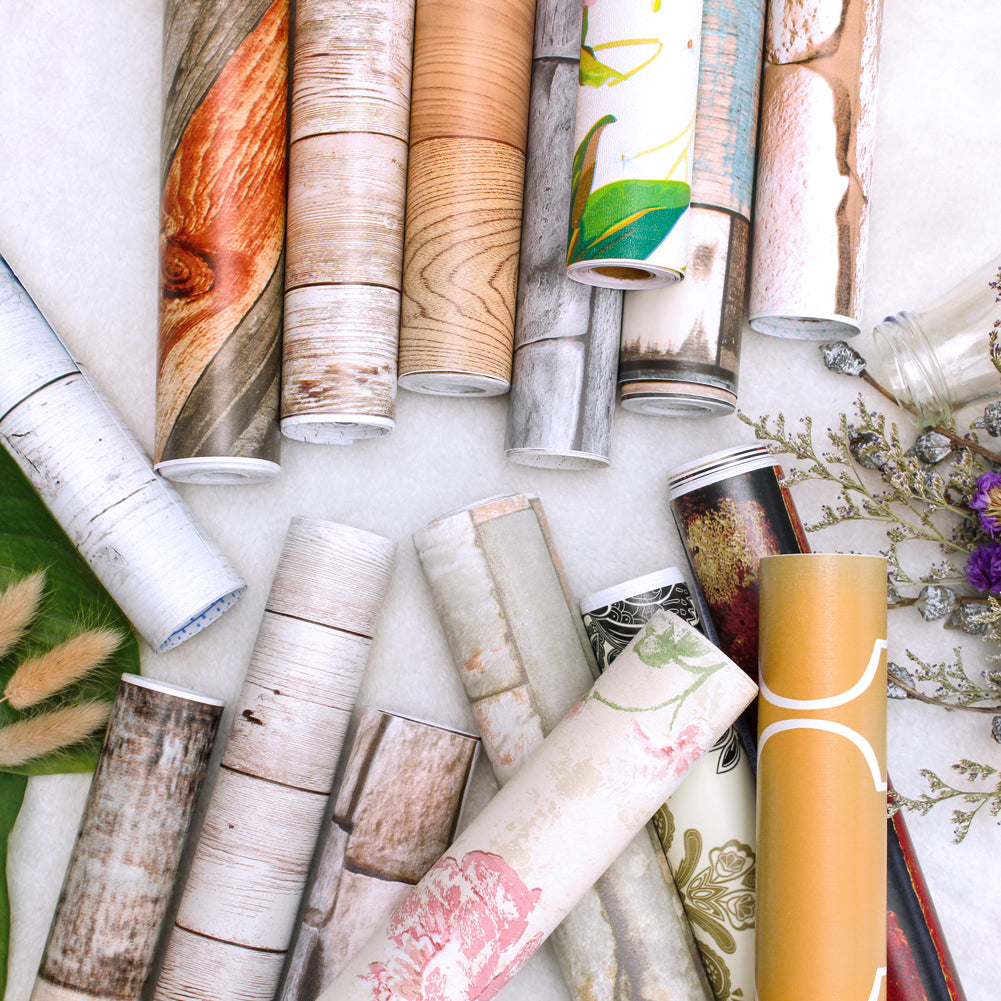
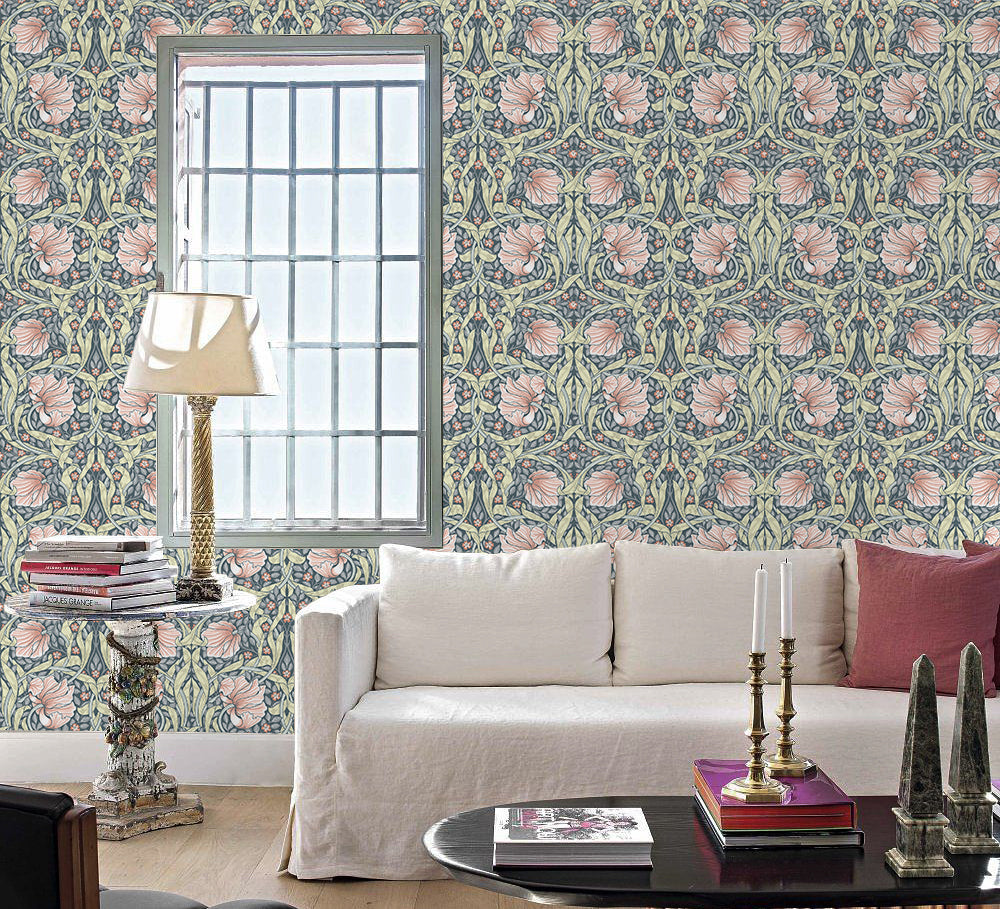

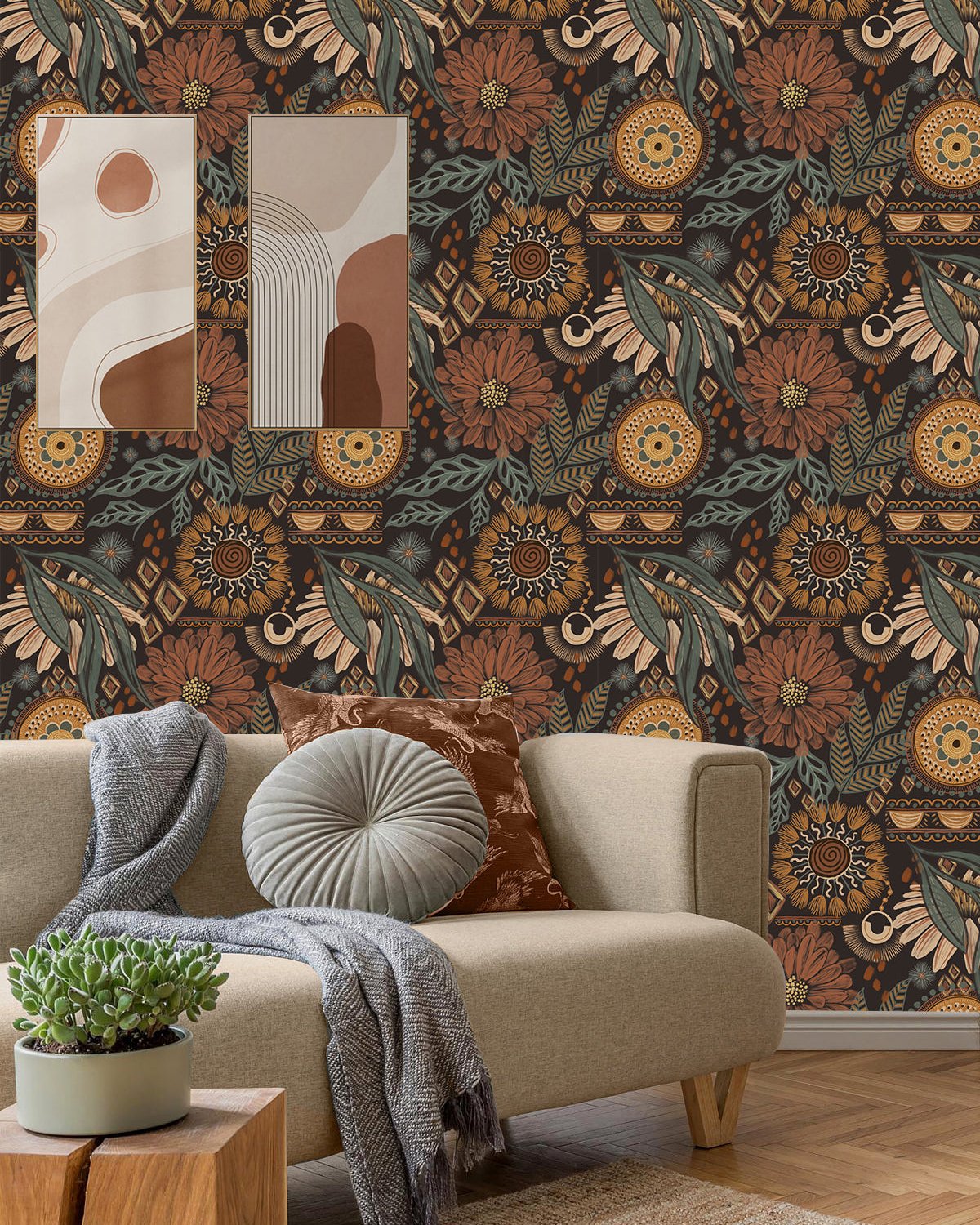


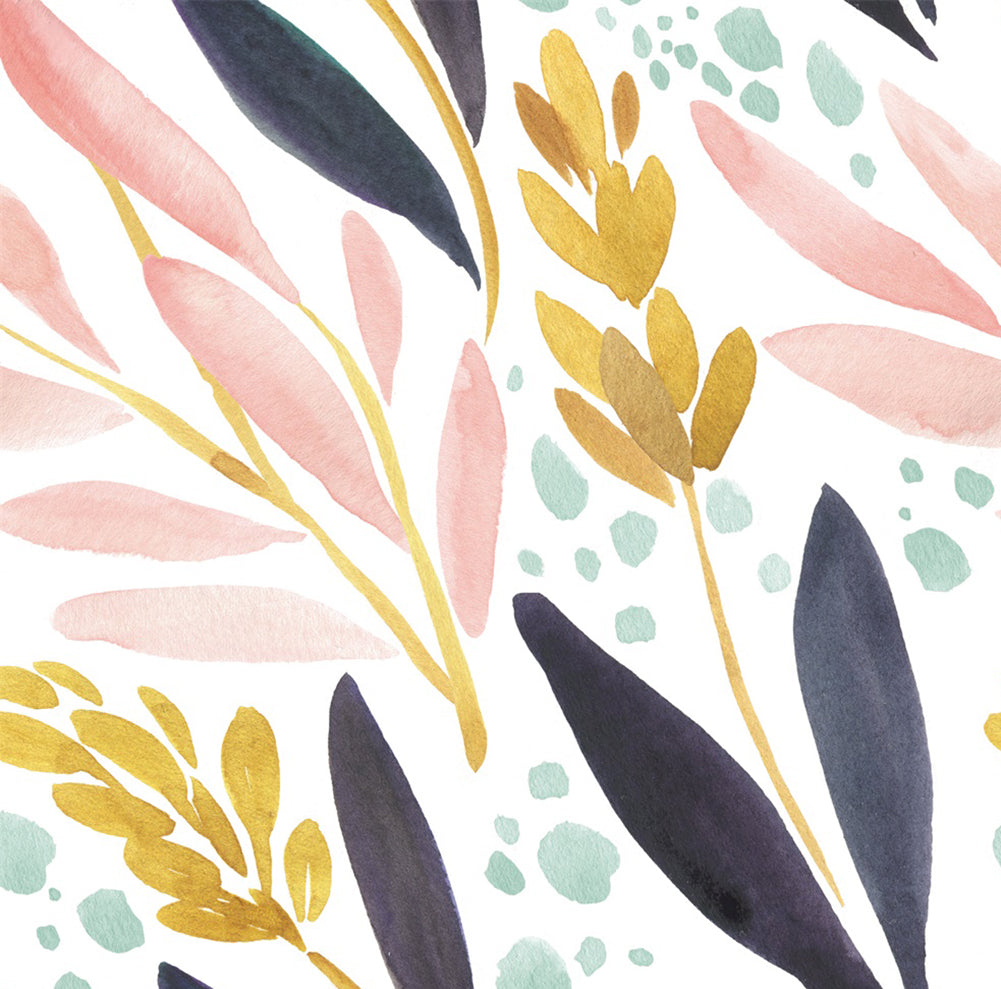
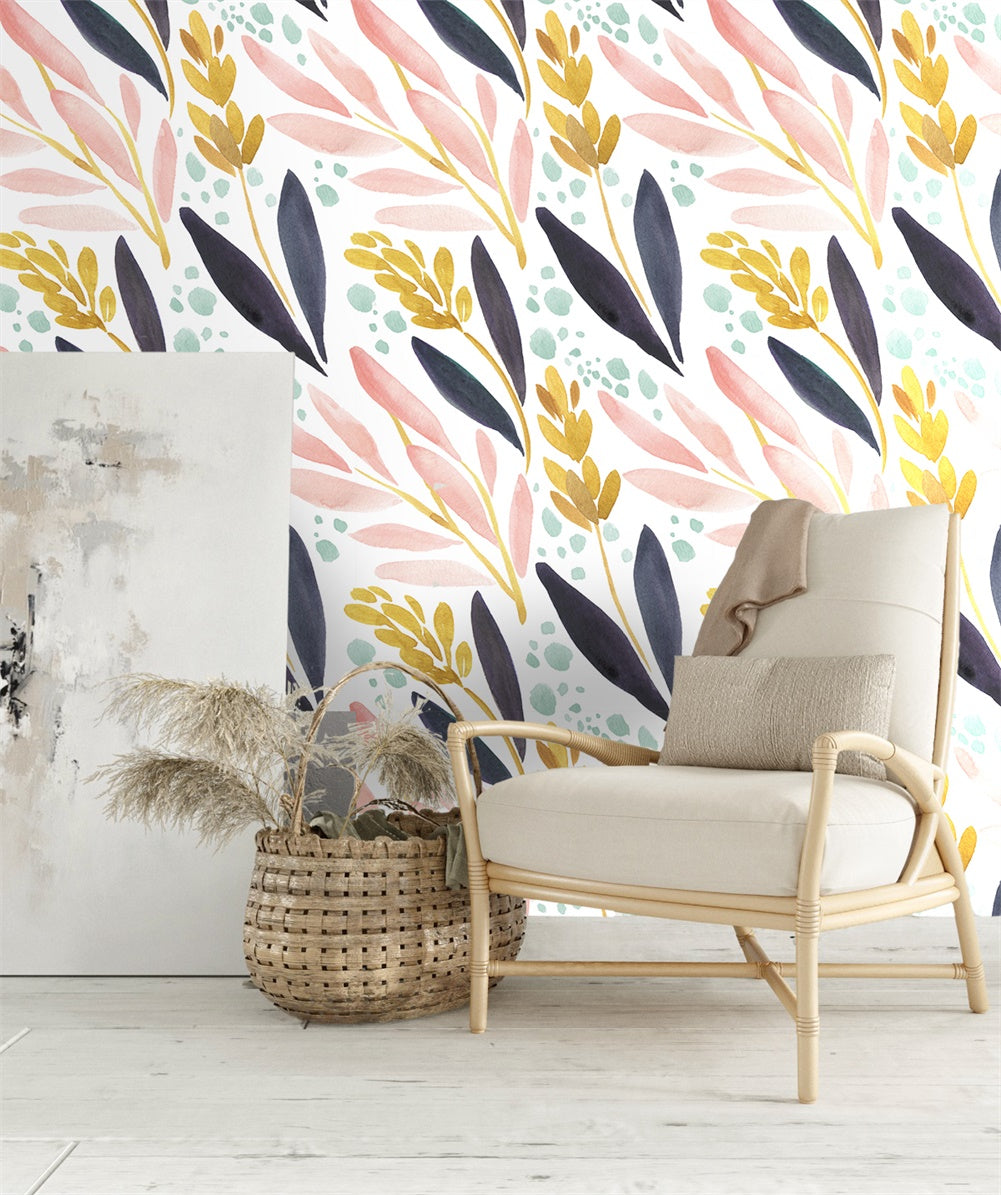

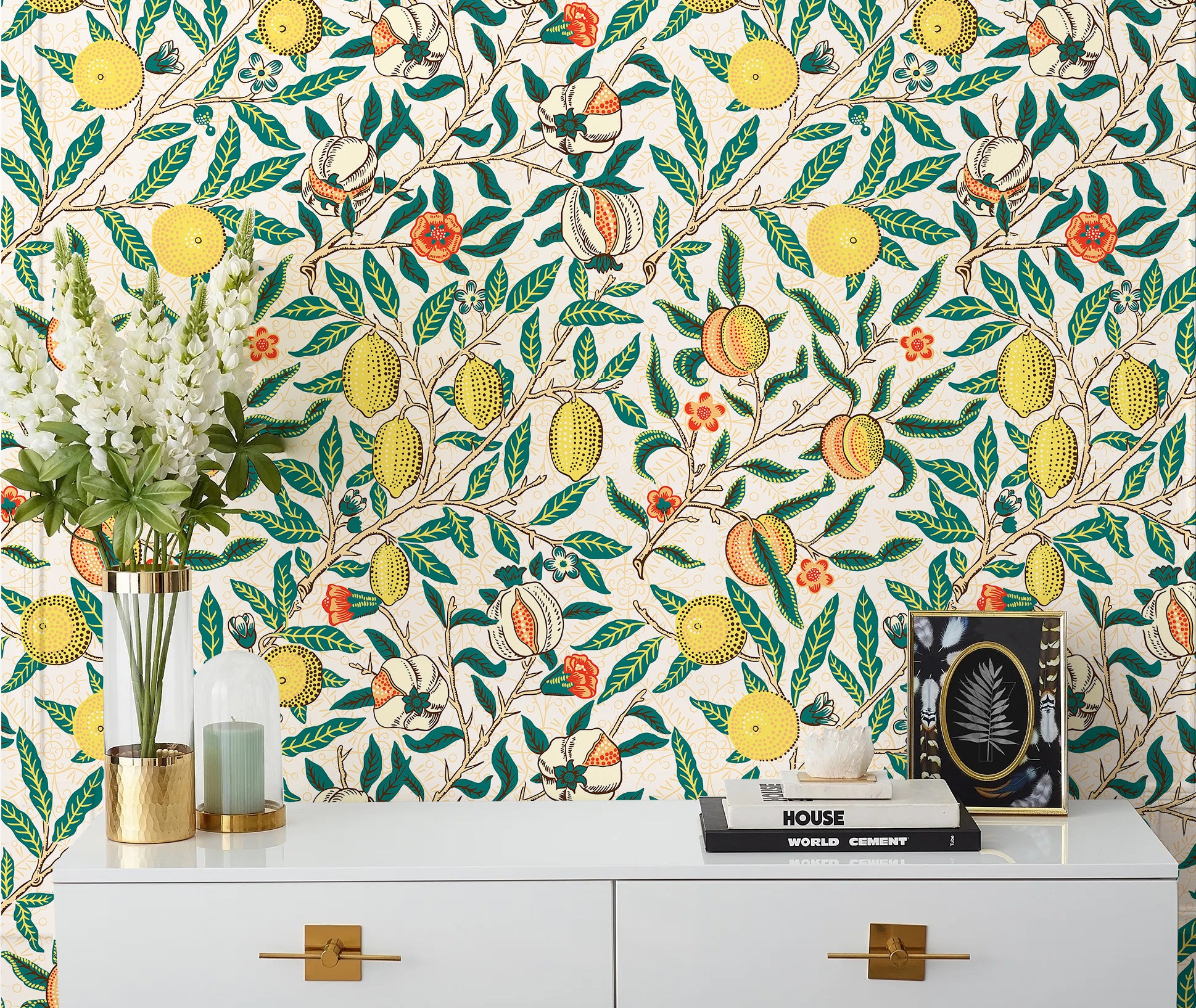



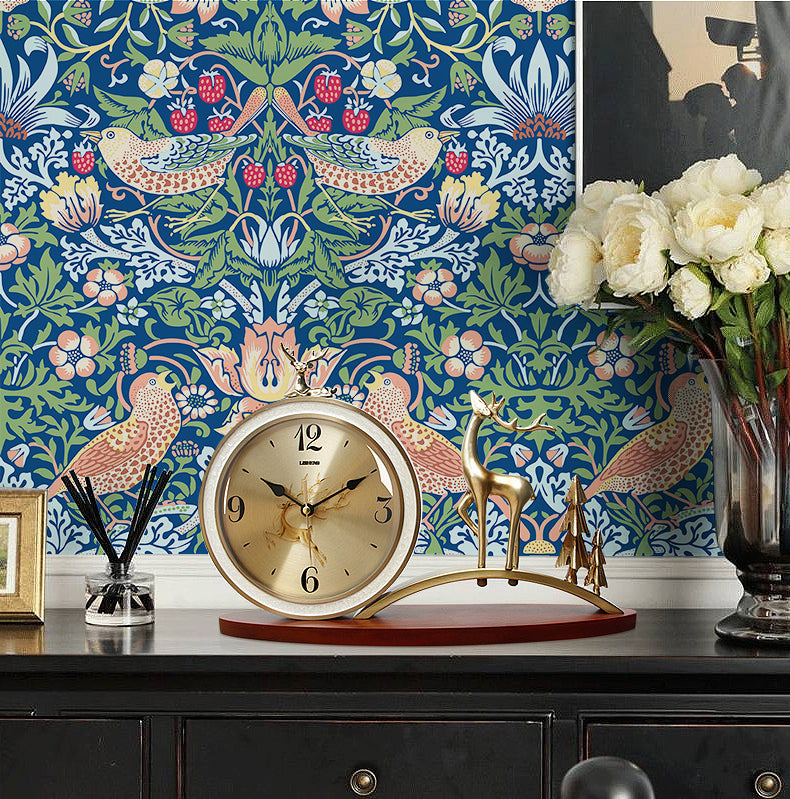



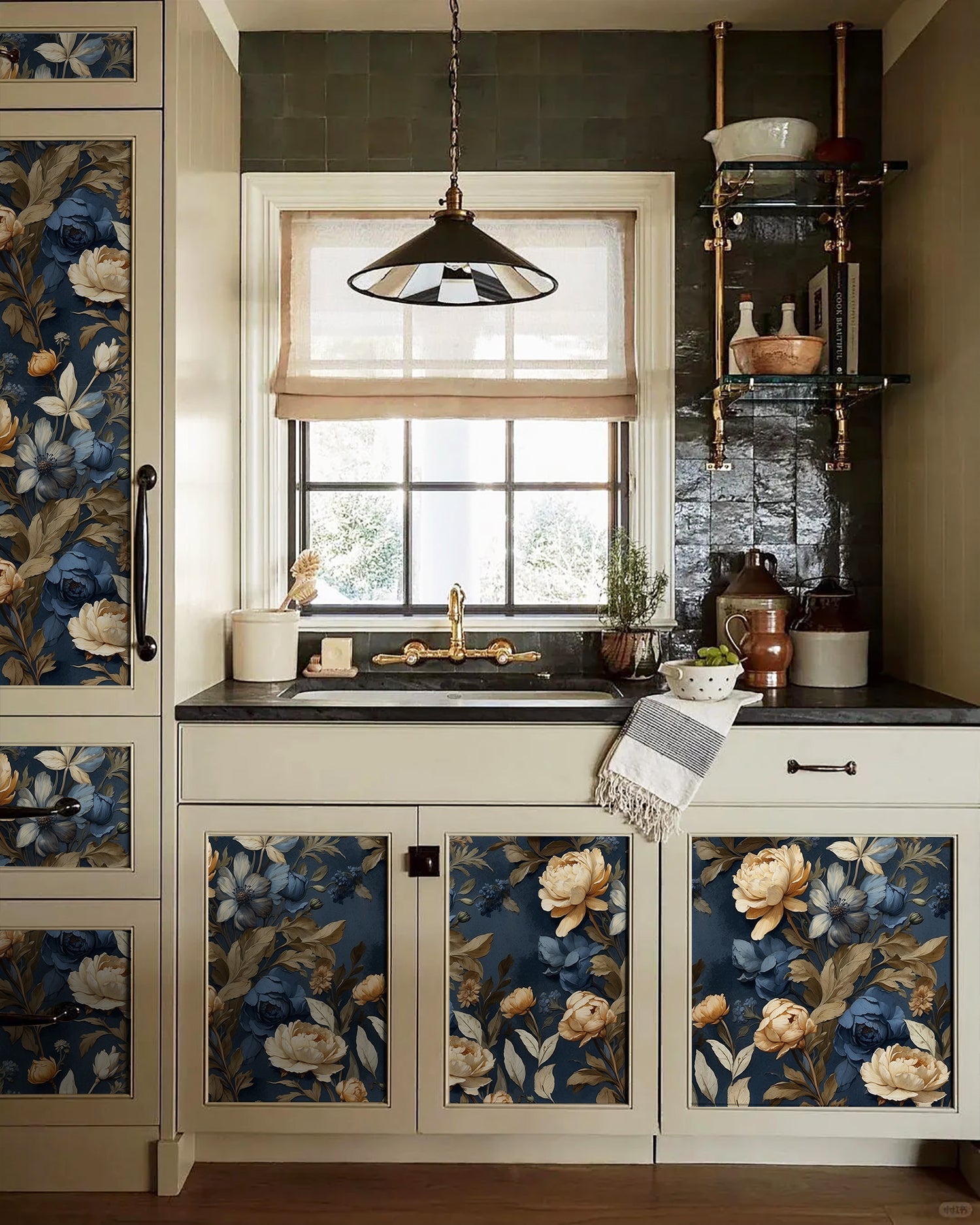


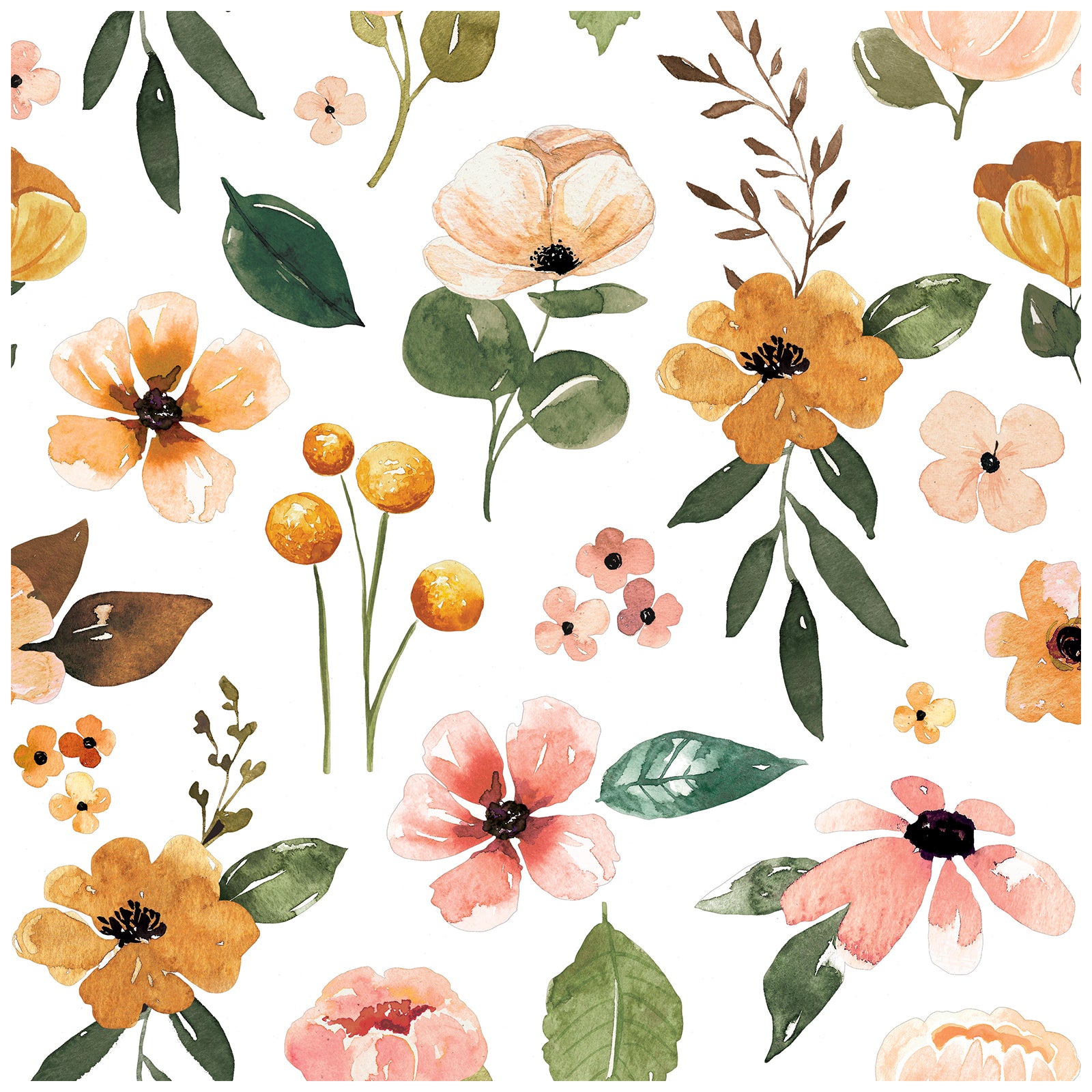
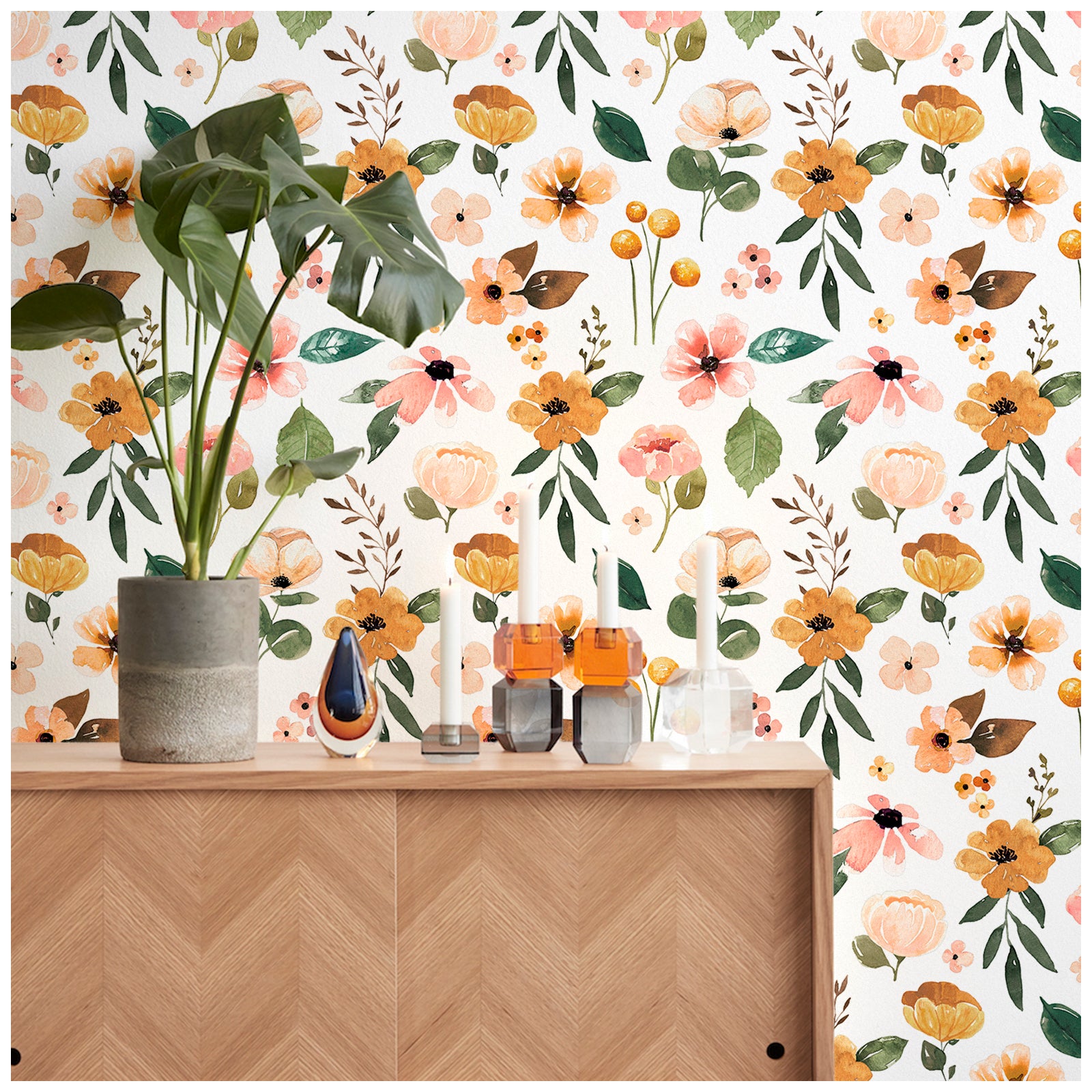



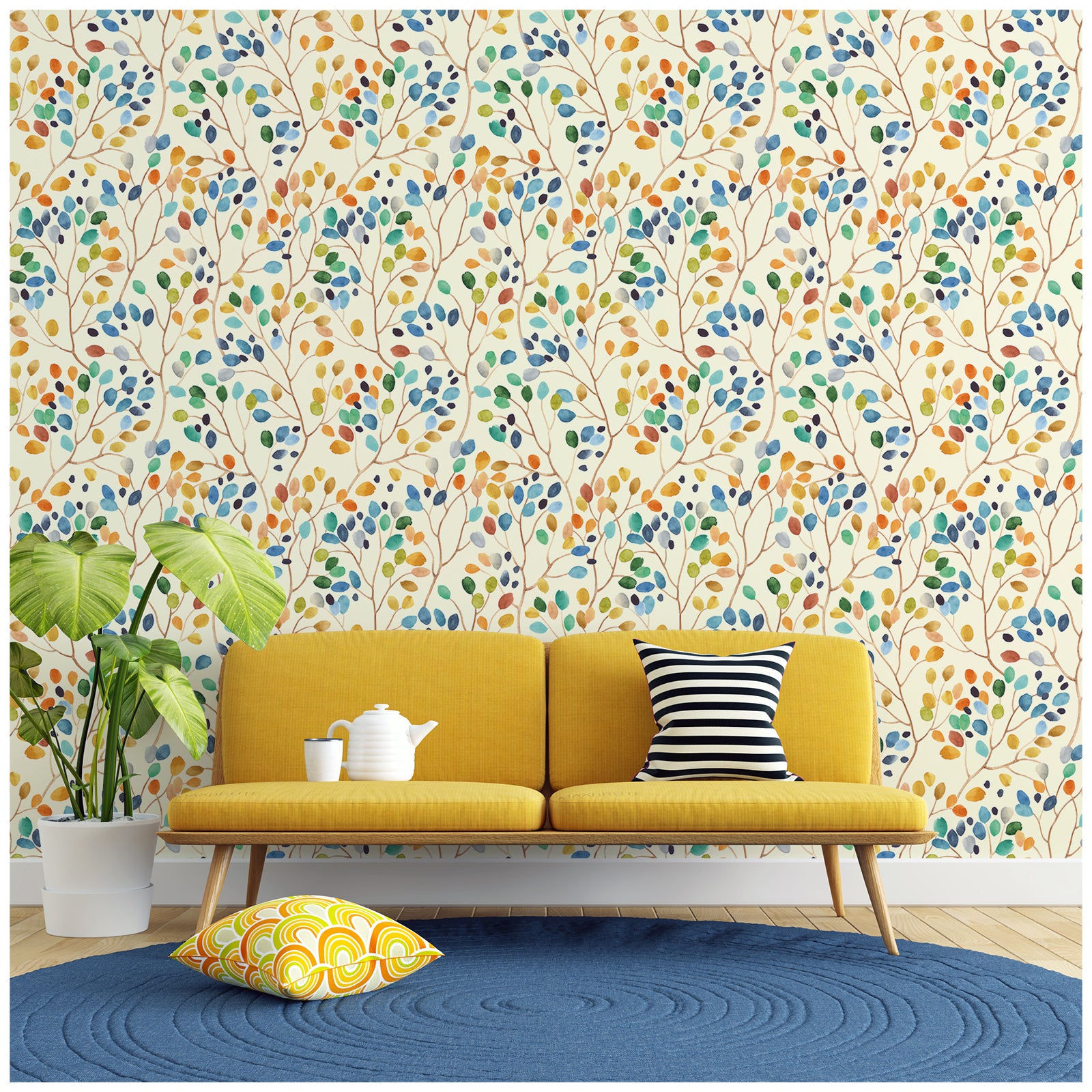
Leave a comment
All comments are moderated before being published.
This site is protected by hCaptcha and the hCaptcha Privacy Policy and Terms of Service apply.